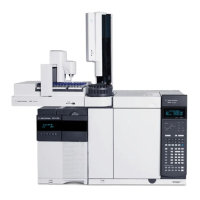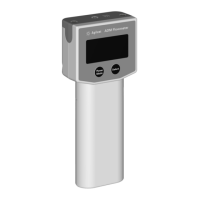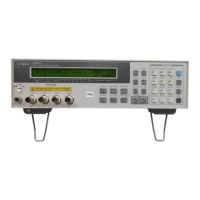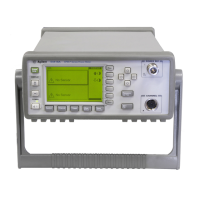98 Agilent InfinityLab LC Series 1260 Infinity II FLD User Manual
5
Optimizing the Detector
Method Development
Procedure II - Take two LC runs with the FLD
The conditions for the separation of organic compounds such as polyaromatic
nuclear hydrocarbons (PNAs) are well described in various standard methods,
including commonly used EPA and DIN methods. Achieving the best detection
levels requires checking for the optimum excitation and emission wavelengths
for all compounds. Yet taking fluorescence scans individually makes this a
tedious process. A better approach is to acquire spectra online for all
compounds during a run. This speeds up method development tremendously.
Two runs are sufficient for optimization.
During the first run, one wavelength is chosen in the low UV range for the
excitation wavelength and one emission wavelength in the spectral range for
the emission wavelength. Most fluorophores show strong absorption at these
wavelengths and the quantum yield is high. Excitation is sufficient for
collecting emission spectra.
Table on page 99 contains all emission spectra obtained in a single run from a
mix of 15 PNAs. This set of spectra is used to set up a timetable for optimum
emission wavelengths for all compounds.
The individual compound spectra in the isofluorescence plot show that at
least three emission wavelengths are needed to detect all 15 PNAs properly:
In the second run, three setpoints for emission wavelengths are entered into
the time-program and excitation spectra are recorded, as shown in Figure 33
on page 100. The area of high intensity (red) is caused by stray light when
emission spectra overlap with the excitation wavelength. This can be avoided
by fitting the spectral range automatically. Excitation at 260 nm is most
appropriate for all PNAs.
Table 8 Timetable for PNA analysis
0 min: 350 nm for naphthalene to phenanthrene
8.2 min: 420 nm for anthracene to benzo(g,h,i)perylene
19.0 min: 500 nm for indeno(1,2,3-c,d)pyrene

